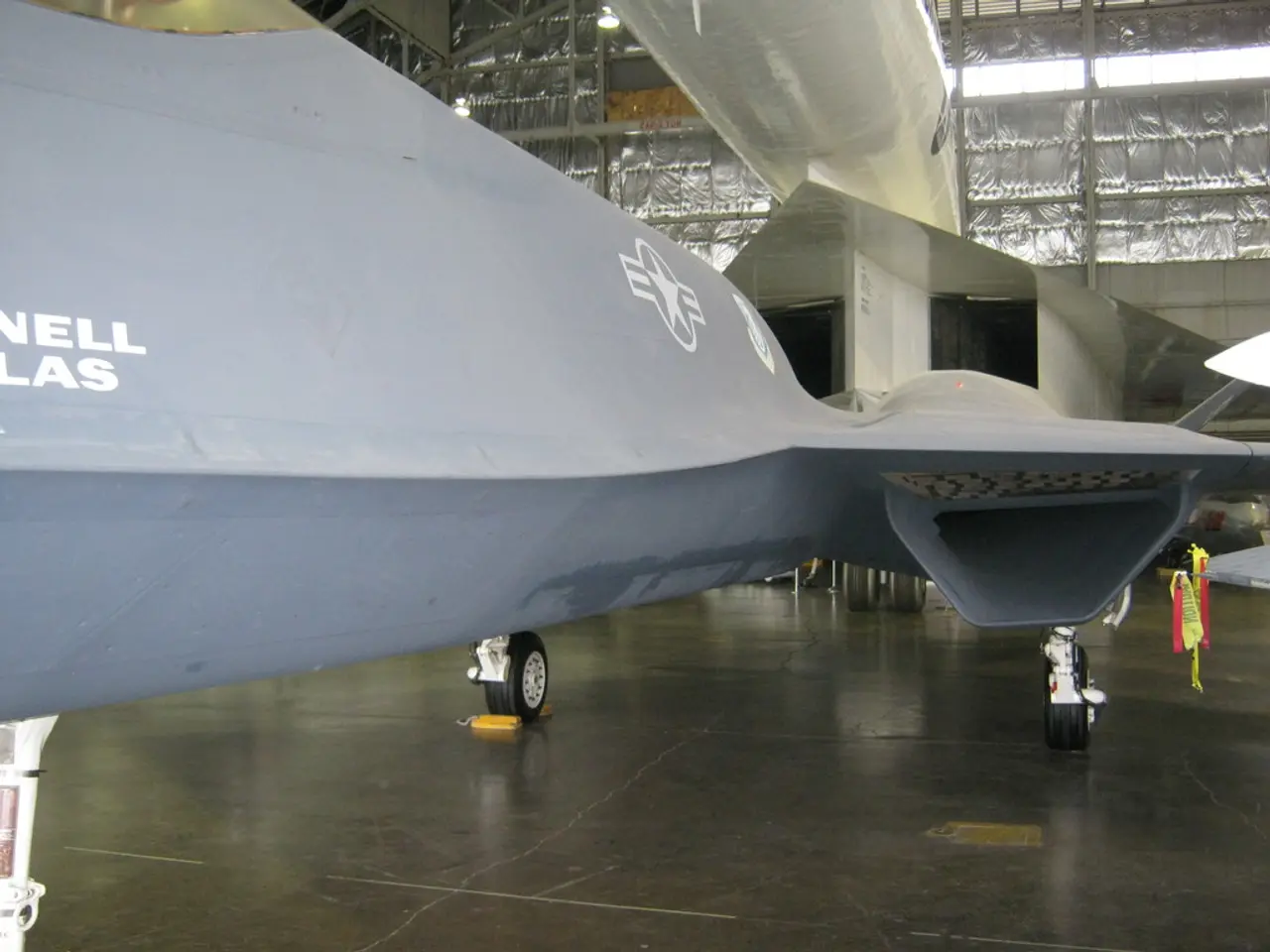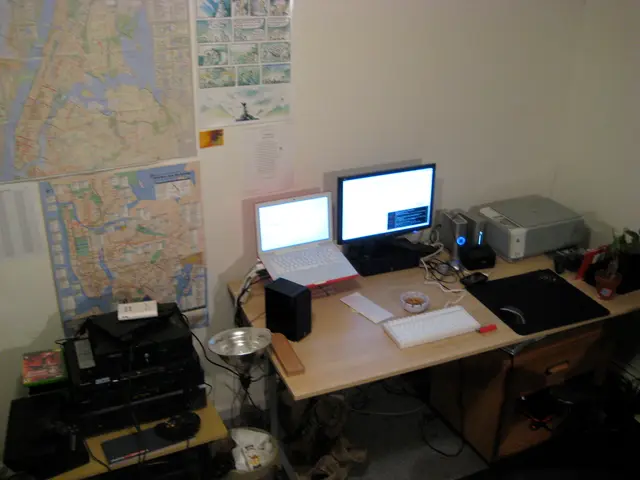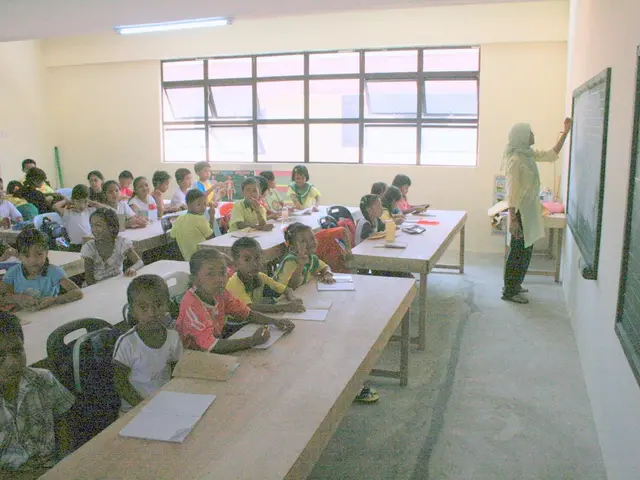Preparatory Pathway for Airline Transport Pilot's License
The dream of soaring the skies as a commercial airline pilot is a goal pursued by many, and for those aspiring to pilot the iconic Airbus A330, the journey begins with the Road to the Airline Transport Pilot License (ATPL). This article provides an insightful breakdown of the key licenses and ratings required to reach this prestigious goal.
The Road to ATPL is a well-defined pathway, consisting of several sequential pilot certifications and specific training modules. The journey commences with the Private Pilot License (PPL), followed by the Night Rating (NR), Instrument Rating (IR), Commercial Pilot License (CPL), Multi-Engine Piston Rating (MEPR), Type Rating (TR) for the Airbus A330, and finally, the Airline Transport Pilot License (ATPL).
The PPL serves as the entry-level license, allowing solo and passenger flights, albeit not for hire. To obtain a PPL, candidates must complete a minimum of 40 flight hours, ground school covering basic flight theory, airspace, and regulations, and pass both a written exam and a practical flight test (check-ride).
The Night Rating is an add-on rating that permits pilots to fly at night. This rating involves specific training in night flying techniques and is often pursued after or near the PPL stage.
The Instrument Rating (IR) allows pilots to fly under instrument flight rules (IFR), essential for commercial flying. It requires additional training in flying solely by instruments and navigating in poor visibility. Passing an IR written exam and practical test is mandatory.
The Commercial Pilot License (CPL) is required for earning money as a pilot. To obtain a CPL, candidates must complete a minimum of 250 flight hours (including PPL hours), advanced flight maneuvers and commercial operations, and pass more rigorous written and practical testing.
The Multi-Engine Piston Rating (MEPR) allows pilots to fly multi-engine piston airplanes. This rating involves training to handle multi-engine performance and engine-out procedures and is typically obtained after CPL and IR but before or alongside ATPL training, especially important for an A330 since it has multiple engines.
The Type Rating (TR) for the Airbus A330 is mandatory to operate this complex aircraft. The type rating involves intensive ground school and simulator training specific to the A330 systems, handling, and emergency procedures. This training is usually conducted by airline-approved training centers or the aircraft manufacturer.
Finally, the Airline Transport Pilot License (ATPL) is the highest pilot certification, necessary to act as a pilot-in-command (captain) on scheduled airlines. To obtain an ATPL, candidates must meet a minimum of 1,500 total flight hours, hold a CPL, IR, and meet cross-country and night flying experience, pass a comprehensive ATP written and practical exam, and typically require having accumulated airline experience or passing ATP certification training.
In summary, the Road to ATPL is a stepwise pathway from PPL through CPL, NR, IR, MEPR, and then ATPL along with type rating. This comprehensive guide offers a clear understanding of the key licenses and ratings required to become a commercial airline pilot qualified to operate an Airbus A330.
Technology plays a significant role in the training process for aspiring Airbus A330 pilots, particularly with the use of simulators during Type Rating (TR) training.
Pursuing education and self-development in the field of aviation, such as obtaining the Airline Transport Pilot License (ATPL) and completing type ratings, can lead to exciting careers in the world of aerospace education and self-development.




